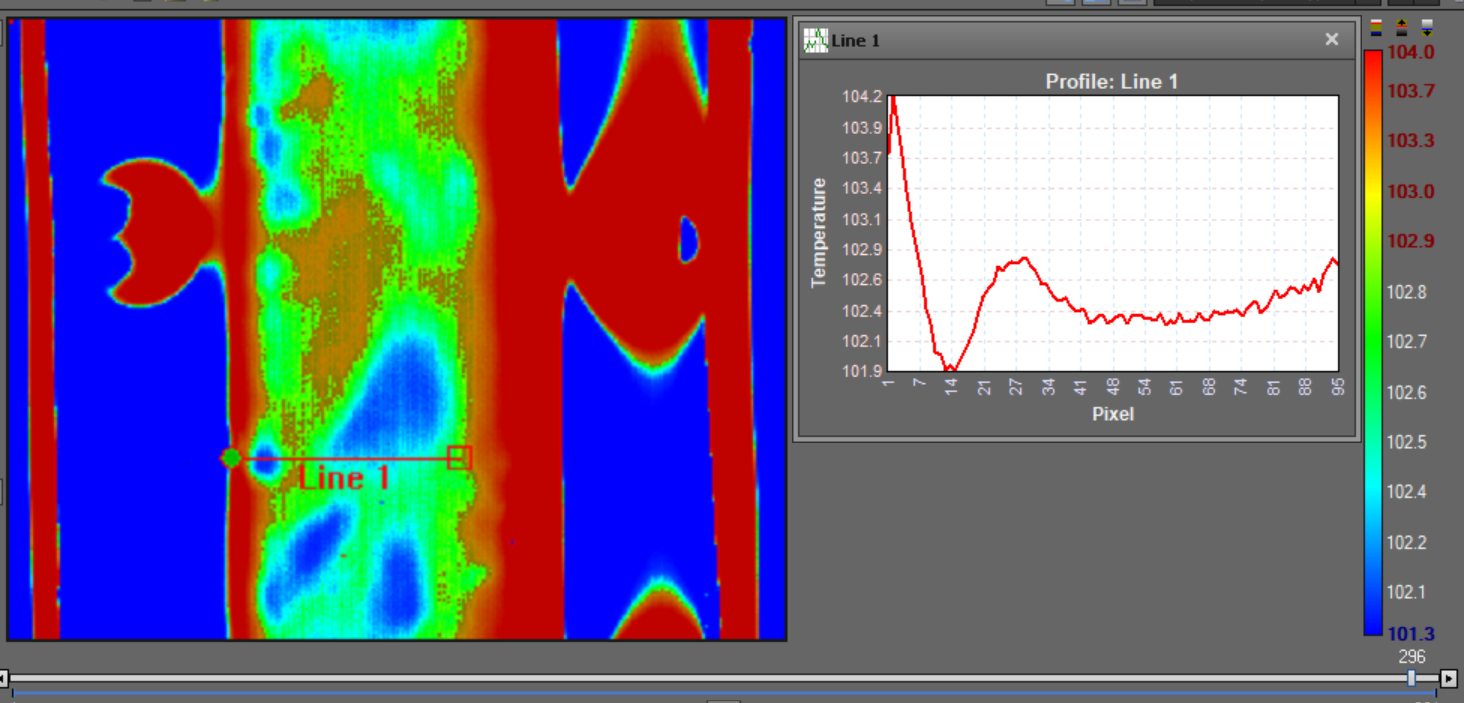Two-phase flow in flat channels
Refrigeration and heat pump systems today use refrigerants with high global warming potential (GWP). Within the next ten years, these will be substituted by natural and synthetic fluids with low GWP. Such fluids are always flammable and to reduce the connected risks it is important to reduce the charge of refrigerant. To achieve this, heat exchangers with small internal volume are required. New designs of the heat exchangers for low charge can simultaneously give better heat transfer, if the design is done correctly, which will increase the COP.
Funded by: Energimyndigheten
Time period: 2020-12-01 – 2025-02-28
Project members: KTH Royal Institute of Technology
Background
Refrigeration and heat pump systems today use refrigerants with high global warming potential (GWP). Within the next ten years, these will be substituted by natural and synthetic fluids with low GWP. Such fluids are always flammable and to reduce the connected risks it is important to reduce the charge of refrigerant. To achieve this, heat exchangers with small internal volume are required. New designs of the heat exchangers for low charge can simultaneously give better heat transfer, if the design is done correctly, which will increase the COP.

This project aims to increase the understanding of how evaporators and condensers should be designed to get the best possible performance and at the same time the least possible refrigerant charge. The project is a fundamental study, but the results are expected to be easily transferred into new designs of heat exchangers. It is based on several earlier projects performed at KTH within the framework of the Effsys programs and EU-project.
